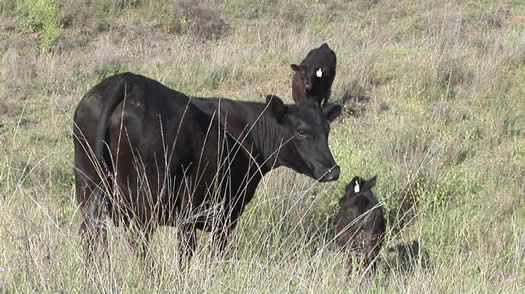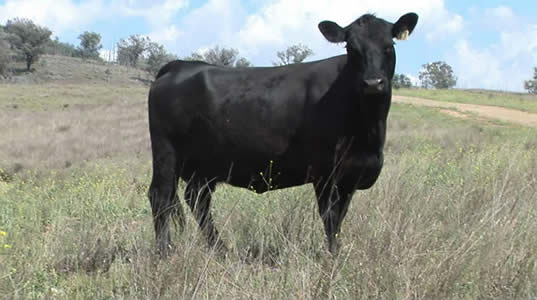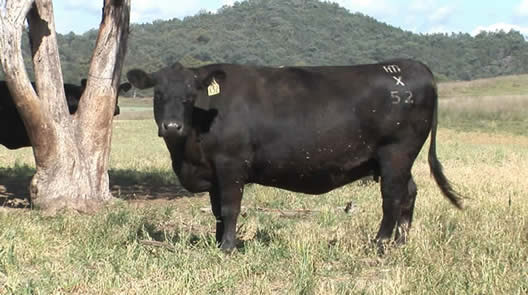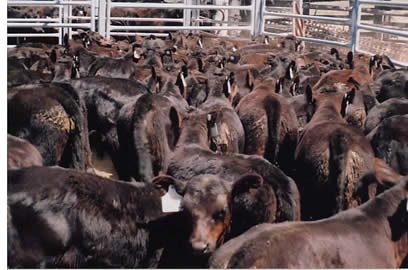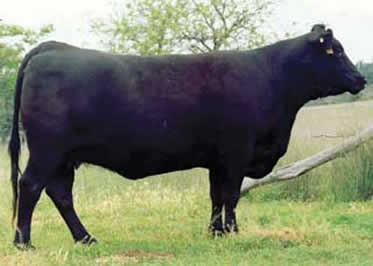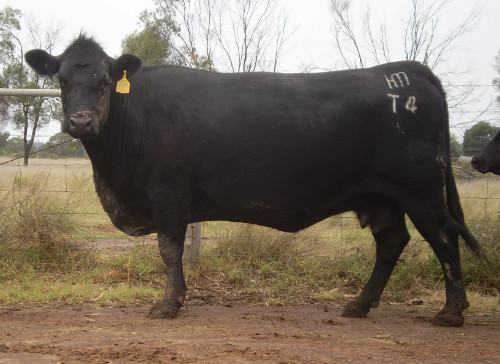Booroomooka Breed Program
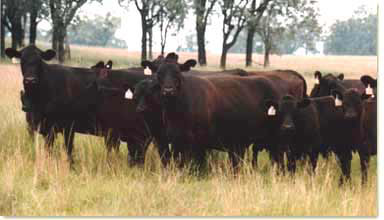 Angus Females
Angus FemalesBreed Program and Genetics
Since 1926 Booroomooka angus has had a strong commitment to identify females that have the traits to increase profitability. These cattle are multiplied, resulting in a superior herd with depth of breeding and consistency.
To make progress we must continue to produce structurally sound fertile cattle. Without this there is no point in giving credit to ‘cattle with great numbers’. Our breeding decisions are based on structurally sound fertile cattle that have the genetic potential to increase profitability.
Below are some of the genetic changes Booroomooka has made in comparison with the genetic changes in performance recorded angus cattle in Australia.
Maternal
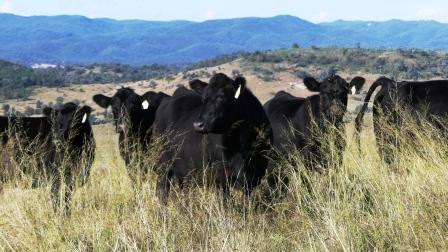
Milk
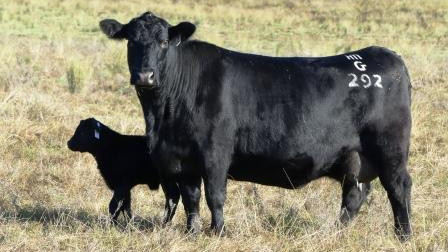 G292
G292Fertility
Increased scrotal circumference at 400 days of age is associated with increased semen production in bulls, and earlier age at puberty of bull and heifer progeny. Bulls with larger scrotal size ebvs tend to have daughters with shorter days to calving interval.

Calving Ease
Increased calving ease reduces labour costs and improves subsequent re-breeding performance of heifers.
To select for calving ease we weigh every herd book registered calf and report to breedplan if there is any calving difficulty. Birth weight ebv’s are used in selection decisions.
Birth Weight
Lower birth weight ebv’s are favored for calving ease however they are often associated with lower growth potential.
By weighing all calves at birth, 200 days and 400 days we are finding angus genetics with moderate birth weight and above average growth. The only way we can find animals that “bend the growth curve” is by collecting accurate birth weight data from large numbers of calves in valid contemporary groups.
Good Growth
In most situations an optimum growth point will be reached where less emphasis should be placed on further increases in growth. Growth should be optimised not maximised as it is a cost trait. However in general, low growth will mean lower profitability.
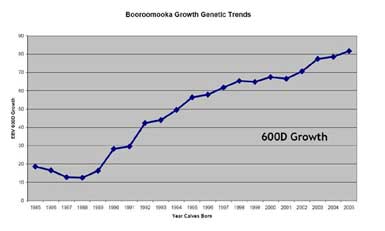
High Marbling
Marbling, is no passing fad. Marbling is the major contributor to increasing eating satisfaction. Increased satisfaction will the increase demand for beef. Research by AGBU, MRC, CRC has shown that IMF% and actual marble score are reasonably correlated and selection on IMF% will improve marbling. To improve accuracy, the IMF% EBV calculated at Breedplan also includes abattoir data, overseas EPD data as well as ultrasound.
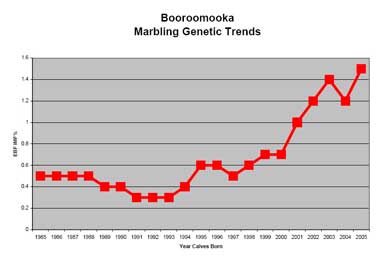
EMA
Increase in eye muscle area has a positive relationship with retail beef yield. The challenge is to identify cattle that increase eye muscle area without reducing quality.
Booroomooka continues to make genetic improvement in economically relevant traits. In an ideal situation it would be desirable to select animals for breeding that excel in all traits. But, in reality it is always necessary to make some compromises in balancing the strengths and weaknesses among the animals available for selection. A selection index is a formal method of combining Estimated Breeding Values (EBVs) for different traits into a single $Index Value.
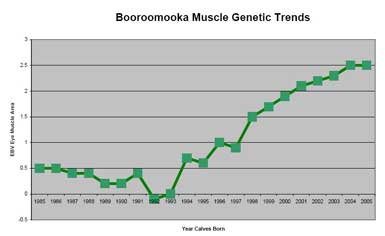
BreedObject
Uses estimates of the genetic relationships between EBVs and the various traits in the breeding objective for each example to determine a set of index weighting factors to apply to each EBV. The individual EBVs are multiplied by these weighting factors and summed to produce an overall $Index Value for each animal.The weighting factors take account of the relative economic importance of the traits in the breeding objective and the capacity to change them through selection on EBVs.
Variation in $Index Values between sires indicate differences in the expected net profitability per cow joined.
The composition of any selection index is sensitive to the assumptions used in the breedobject analysis.
$Index Values have been calculated for different production systems and markets as described below. For each $Index, typical production parameters, prices and production costs were assumed for a beef enterprise operating in the past three years. It was also assumed that the enterprise obtains benefits from improved carcase performance (eg. via retained ownership to slaughter) in addition to improved herd productivity. In addition, it was assumed that feed was a limiting resource for a large part of the year and any increase in herd feed requirements has a cost. In the self-replacing herd cases an average calving rate of 85% was assumed, with a moderate concern for calving difficulty.
Angus Australia has developed four new BreedObject $indexes. These are:
- Long Fed / CAAB Index
- Heavy Grass Fed Steer Index
- Short Fed Domestic Index
- Terminal Index
Detailed Information of Indexes
Booroomooka's Herd
Booroomooka's herd (ngm) changes in the genetic expected net profitability per cow joined. Find out more information
Changes in Individual Traits
To see more information click on the links below
- Carcase
- Calving ease and fertility
- Growth
- Milk, mature cow weight, carcase weight and days to calving
Females
The Booroomooka Female Herd is highly efficient and has been developed since 1926. If you would like to purchase high quality stud, commercial females or embryos, please get in touch with us.

